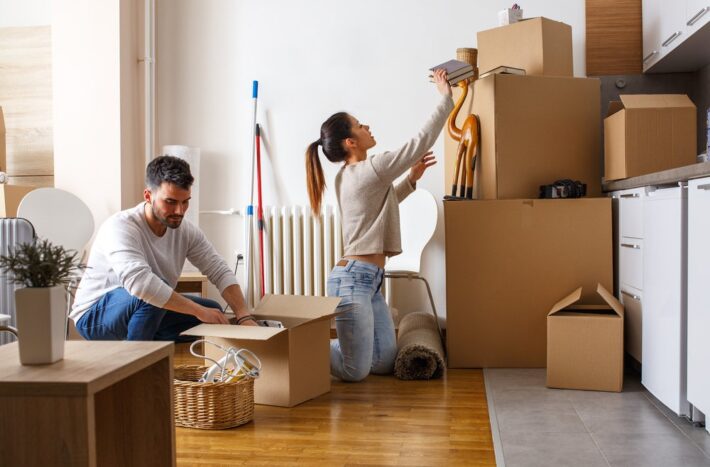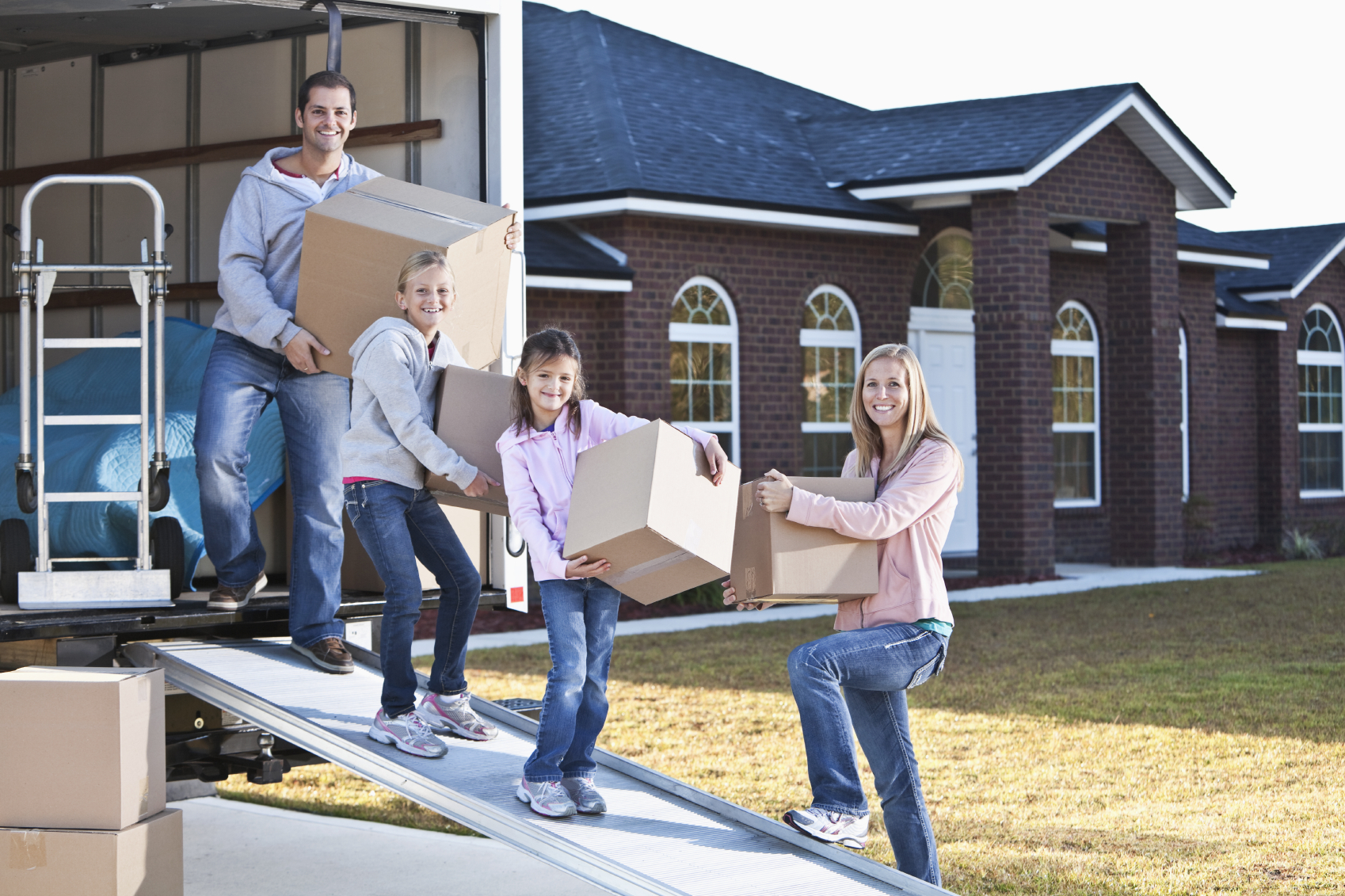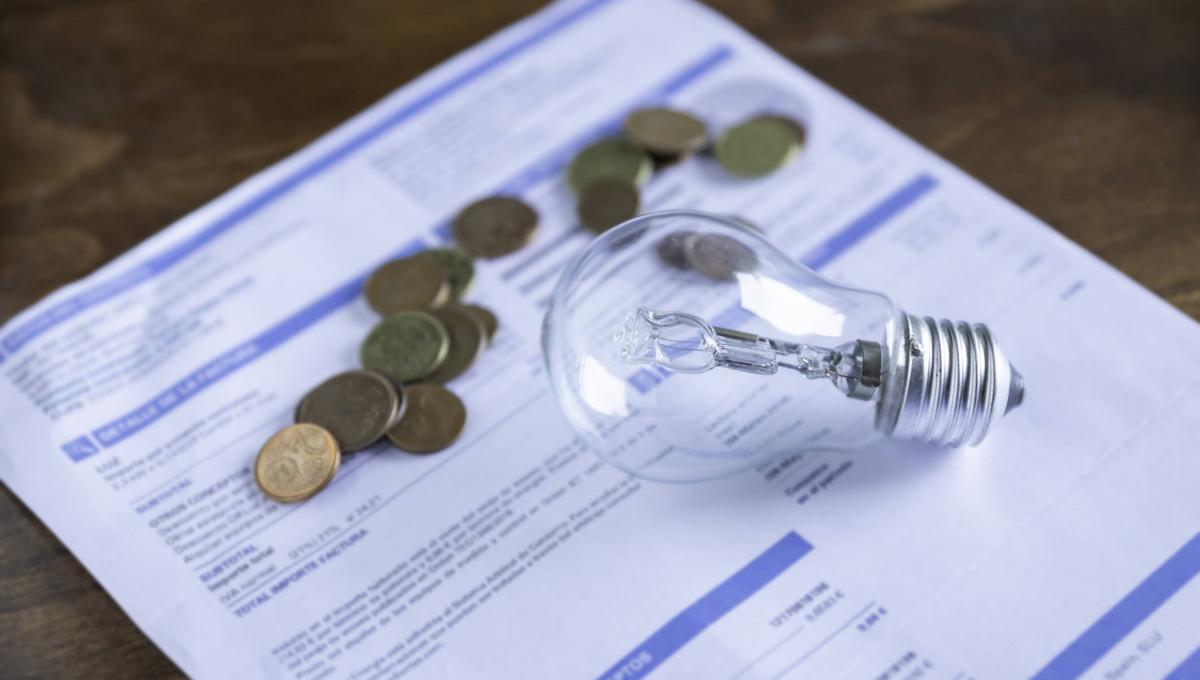There are many things to consider when moving to a new home. Moving isn't the only big task that gets in the way of fully settling in. Connecting with your home, understanding its functions, and prioritizing the projects you want to work on are an important part of your role as a homeowner. It's better to get it right when you move in than to wait and assume you'll fix it all later. Of course, you already have a lot to do. So to help you jump right into your to-do list, we've put together a quick list of the 10 most important things to do when moving into your new home.
Do a complete walkthrough
- Make sure all necessary repairs have been carried out and approved by the previous owner
- All items for sale are in the house
- Everything works including outlets, switches, fixtures, doors and windows
- The seller left all warranty and maintenance instructions
- The house is free from dust, dirt, mold and pests
- lawn in good condition
- All your furniture is suitable
If you discover a breach of the sales agreement (for example, the original owner took the washer and dryer when it was needed), contact your real estate agent immediately to discuss your appeal. Any issues you discover that are not covered by the contract are now your responsibility.
Child/pet proof (if necessary)
If you're moving into a new home with a baby or toddler (or even just a furry four-legged child), you should do the initial child lock right away to keep everyone safe until you can get the whole set up. . Immediate childproofing in your home includes (some of which apply to pets):
- Create a separate area free from children or pets
- Discarded packaging materials
- Close unprotected confined spaces
- Cover points
- Check all windows to make sure they are closed properly and that there are no long cords hanging from the shutters
- Expand the boxes instead of stacking them high
- Hide breakables, sharp objects and alcohol in high kitchen cabinets until you find their final location
- Do not disassemble stove knobs with knob guards
- Lock the oven door
- Put cabinet locks on lower cabinets used to store hazardous items such as cleaning supplies
- Move small corded appliances behind the counter against the wall or store them in overhead cabinets
- Install door handles and cabinet locks in the bathroom
Figure out what’s going where
When moving to a new home, you'll save yourself a lot of time and hassle if you have a plan of attack that lays everything out instead of improvising. This is especially true for large and heavy items such as furniture. Even though you already have an idea of what's in which room, take some time to consider how you want your setup to look. Of course, you can make changes later, but doing this task according to the overall plan will always make the job easier.
Make sure that your utilities are set up
Hopefully you've already made arrangements to move or set up your utilities before you move into your new home, in which case now is the time to make sure everything is up and running. You must ensure that your electricity, gas, water, heating and cooling, telephone and internet are set up on the day of your move. So call your local waste management agency to make sure your new home is ready for waste collection too.
Locate the fuse box and water valve
Fuse boxes and water valves are two things you don't want to be looking for when you really need them. This is a good time to find out where they are so that if you have a power outage or need to turn off your water for any reason, you can go straight there. Typically, your safe can be located in your basement, garage, or storage room. You can usually find your home's water valve somewhere around the perimeter of your home.
Perform a deep cleaning session
Cleaning your new home from top to bottom is probably the last thing you want to do after the moving process, but there's never been a better time to do it right after you move. Here are some tips:
Clean high before you clean low
Ceiling fans, overhead lighting, shelves and other ceiling fixtures get dirty just as easily as furniture and floors, but they are not cleaned as often and tend to spill dirt and dust into the space below when they are finally cleaned. Start at the top of each room and work your way down.
Clean the fridge first
Storing perishables is a top priority, so before you do anything else, start by disinfecting your new refrigerator. It won't take long since it's empty. If possible, remove the shelves and drawers and wash them one by one with warm soapy water. For the inside of the refrigerator, mix a solution of water and white vinegar in equal proportions and wipe all surfaces with a clean cloth. If there is any sticky debris that needs to be removed, let the water/vinegar solution soak a bit. Make sure the shelves are completely dry, then put them back in the fridge. Do the same with the freezer.
Clean the rest of the kitchen
Once the fridge is clean, you can start working on the rest of the kitchen. Start with the lighting fixtures, ceiling corners and cabinets. Next, tackle household appliances: stove, oven, microwave, dishwasher and sink, then worktops. Then take care of the cabinets, cleaning them both inside and out, paying special attention to the handles. Put the floor down for now.
Clean the bathrooms
Bathroom cleaning not only disinfects but also cleans surfaces. After the initial cleaning, spray with an antibacterial spray to get rid of any remaining germs. As for the toilet seat, just replace it. It's a small expense and the most effective way to make sure they're really clean. Remember to clean and disinfect the toilet paper dispenser, light switch, faucet, and doorknob.
Tackle the rest of the house
Otherwise, perform the cleaning process point-by-point, not room-by-room. In the first step, you'll want to do it from top to bottom, so start at the ceiling. Don't forget easily overlooked surfaces, such as the tops of doors, windows and window openings, light switches, and the inside of cabinets. For most of these areas, a good vacuum cleaner attachment will help pick up dirt, which can then be wiped away with a clean, damp cloth.
Last step: clean the floors
You started at the top, so finish at the bottom. For parquet, tile, and linoleum floors, start by vacuuming the corners and edges with a vacuum, then sweep away any remaining debris. Do not vacuum entire surfaces unless your vacuum cleaner is specifically designed for this purpose. Finish with a mop, making sure you use a product that's safe for the surface you're using.
To clean carpets really effectively, you need a steam cleaner. If you don't have one, call a professional to do the job or rent one from your local hardware store. Vacuuming alone can make carpet cleaner, but it won't remove allergens and improve air quality.
If you don't have time or don't intend to put on cleaning gloves and get a mop now (and we don't blame you), consider calling a professional cleaning service instead. Whether you spend time or money, starting life in your new home in a clean condition is worth it all.
Prioritize repairs
Unless you're moving into a new home with no previous owners, you'll likely have to do some renovation work. You should have a basic idea of what it should look like after a home inspection, but it doesn't hurt to take a walk on your own and figure out what needs to be done and what's high on your priority list. friend. While you don't need to start remodeling right away (there will be plenty of time once you've settled in), make a list of what you need to do and the order in which you'll do it this will help give perspective on your repair needs and give you a better foundation when it's time to get down to business.
Change your locks
Changing locks in a new home is always a good idea. Even if you don't worry about the previous owner, you never know who might have the keys. This is definitely one of those areas where it's better to be safe than sorry, so schedule a visit by a locksmith or, if you feel comfortable, change the locks yourself. Again, close all doors between the inside and outside of the house, as well as the windows. That's a small price to pay for peace of mind.
Change your address
You may have arranged a change of address with the post office before your move-in date, but if you haven't already, now is the time. Also, be sure to let others know about your move, including friends and family, your subscription service, your bank, any loan providers you have, and anyone else. mail or bill you regularly (check our change of address list for a complete list of people to notify). If you have moved to a new state, you will also need to contact the motor vehicle department to obtain a new license and update your vehicle registration.
Meet your neighbors
Meeting your neighbors will be a lot easier - and less embarrassing - once you've moved in. Besides helping you stay on track in a new neighborhood, meeting your neighbors is a great way to start getting to know your community. and for referrals to local services (such as the aforementioned locksmith) if you need one. You don't have to go door to door, but remember to introduce yourself the first time you meet your new neighbor. A little kindness will certainly help. Here are some tips for getting to know your neighbors after moving:
Smile and say hello
The development of relations with neighbors has not much to do with common interests and activities, but simply a friendly attitude towards each other. Try to greet everyone you meet with a "hello" and a smile. You can mention that you just moved in, although this is not required. It's all about laying the groundwork for an exciting relationship, and a warm, heartfelt greeting when you first meet is a great way to encourage that.
Get involved in the community
Just like at a new school, one of the most effective ways to get to know the people around you is to get involved in their goals. Go to your neighborhood council, food cooperative or housing association meeting and let them know that you want to play an active role in the community. Joining is a great way to immerse yourself in a new world and connect you with others interested in achieving similar goals.
Ask some questions
Talking about the weather can be a versatile conversation starter, but when it comes to best practices for meeting new neighbors, asking about the neighborhood can start many conversations. more and build friendships. Most people will appreciate the opportunity to share their knowledge about the area and local life. When you see the person again, continue the previous conversation and follow up on the established common topics. Talking about the weather can be a versatile conversation starter, but when it comes to best practices for meeting new neighbors, asking about the neighborhood can start more conversations. and build friendships. Most people will appreciate the opportunity to share their knowledge about the area and local life. When you see the person again, continue the previous conversation and follow up on the established common topics.
Spend time outside
You won't see anyone if you stay at home all the time. Place yourself in places where you're most likely to meet the latest faces, such as out on the patio or in the yard. Or just take a walk around the neighborhood. The more people you communicate with, the more opportunities you have to establish new relationships.
Lend a hand
If you notice that one of your neighbors might need help, be proactive and offer support. This could mean helping an elderly neighbor buy groceries or deliver the mail if it gets sent to your door by mistake. Good deeds can go a long way in making you a friendly neighbor.
Ask for help
On the other hand, you can also build relationships by asking for help. Most people enjoy helping others, and if it doesn't require a lot of effort, it can help build and maintain good relationships. If you're going out of town, ask your neighbors if they'd mind getting packages delivered to your doorstep and storing them until you get back. Or ask to borrow tools if you're working on a new space. Express gratitude when they help you and let them know that you are always happy to return them.
Host a welcome party
We don't recommend throwing a housewarming party right away, but if possible, hold a casual party at your home and send invitations to your neighbors mailbox to invite them to visit. This way, you will most likely meet friendly neighbors.
Moving to a new home is inherently tedious, but following the steps above can make the transition a little easier. However, there's a lot to do, so don't be afraid to ask for help, whether it's from a friend, family member, or professional service provider. The sooner you take care of the big things, the sooner your new home will feel like a new home.



